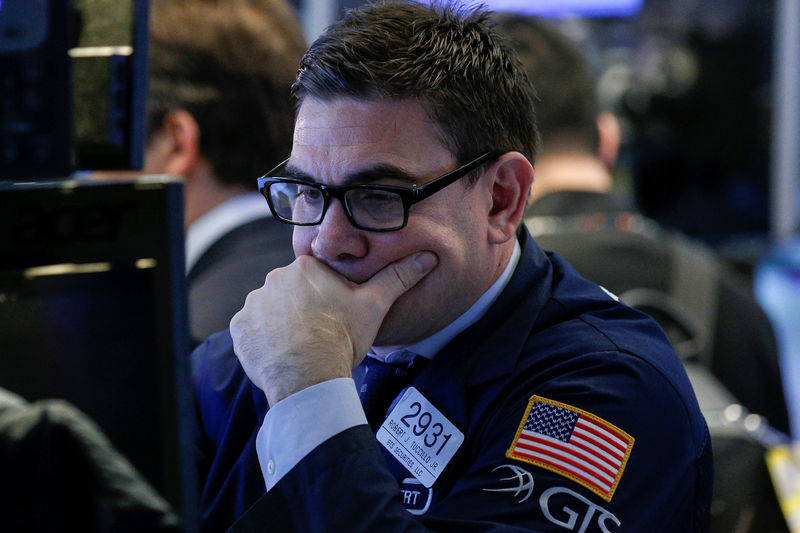(Bloomberg) -- With the yield on U.S. 10-year Treasuries surging to their highest level in nearly seven years, investors are starting to wonder what will be the threshold triggering a big rotation out of equities and into bonds. Credit Suisse (SIX:CSGN) Group AG says we’re getting dangerously close to the level, yet yields could stall for a while.
This year’s rise in the yield -- trading at 3.1 percent on Thursday -- has derailed the stock market rally in both the U.S. and Europe, sparking worries over corporate borrowing costs and making the equity asset class less attractive than fixed-income assets overall.
“Treasury yields at 3.5 percent would push people out of stocks and back into the Treasuries,” Michael O’Sullivan, chief investment officer for International Wealth Management at Credit Suisse in Zurich, said by phone. O’Sullivan, who helps oversee about 760 billion Swiss francs ($758 billion) in invested assets, said the exodus from equity funds hasn’t started yet, but should become visible when the yield reaches 3.2-3.3 percent.
Bond yields have been advancing this year, lifted by robust U.S. economic data as well as by worries over a potential pick-up in inflation and the pace of U.S. Federal Reserve rate increases. The move has rattled equity markets, in particular sectors seen as bond proxies such as telecoms and utilities.
While most investors expect higher rates this year, the debate has shifted to the extent of the advance, with JPMorgan Chase & Co (NYSE:JPM).’s Jamie Dimon and Franklin Templeton suggesting yields are heading toward 4 percent. According to the latest fund manager survey from Bank of America-Merrill Lynch, asset managers are waiting for the yield to hit 3.6 percent to reallocate from stocks to bonds.
While the yield seems unstoppable at this point, Credit Suisse’s O’Sullivan sees a pause in the coming months as investor focus is set to shift toward risks such as the U.S. fiscal deficit. This should limit the upside in the yield to around 3.2 percent this year, while the U.S. dollar should fall back.
Even as 10-year U.S. Treasury yields extended their advance on Thursday, the Stoxx Europe 600 Index was little changed while Nasdaq Futures fell 0.3 percent.
(Updates with Thursday’s markets from second paragraph.)
